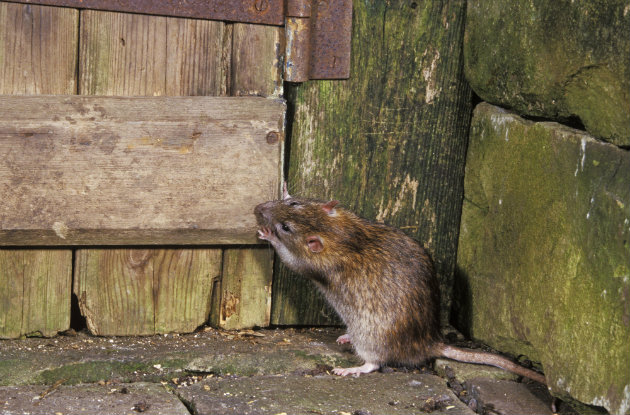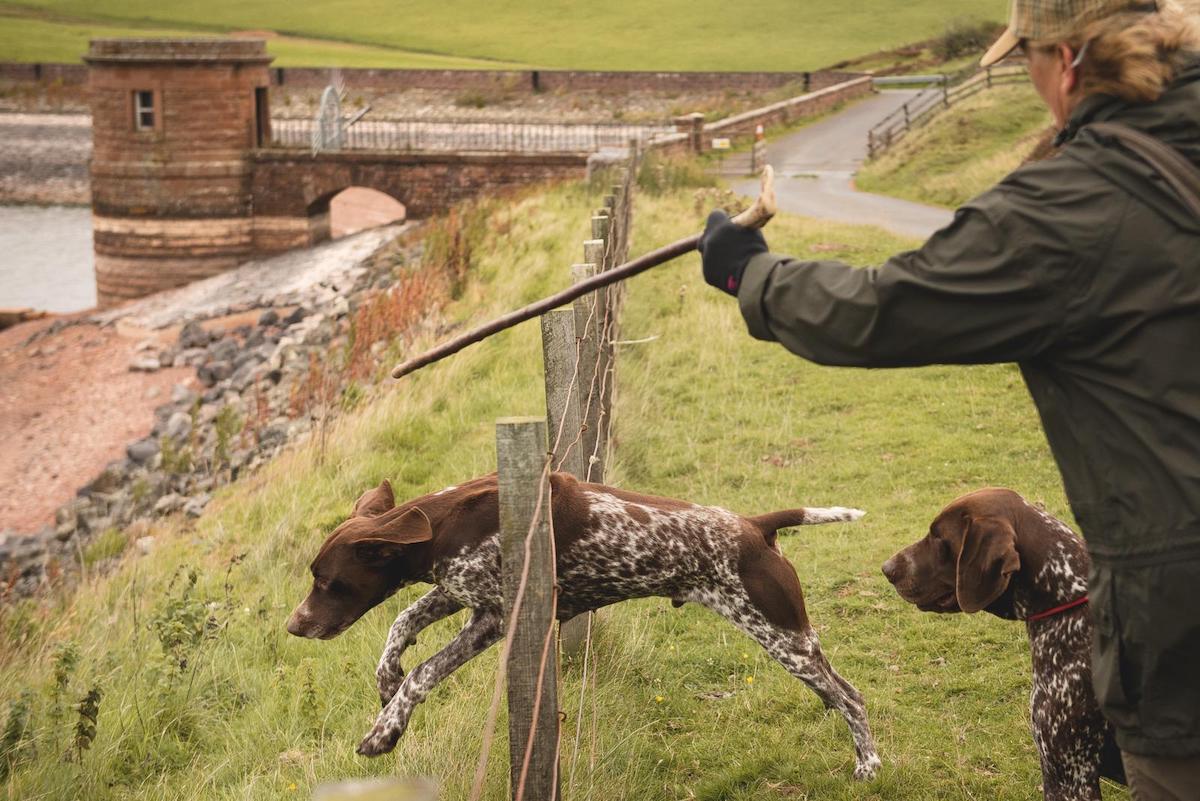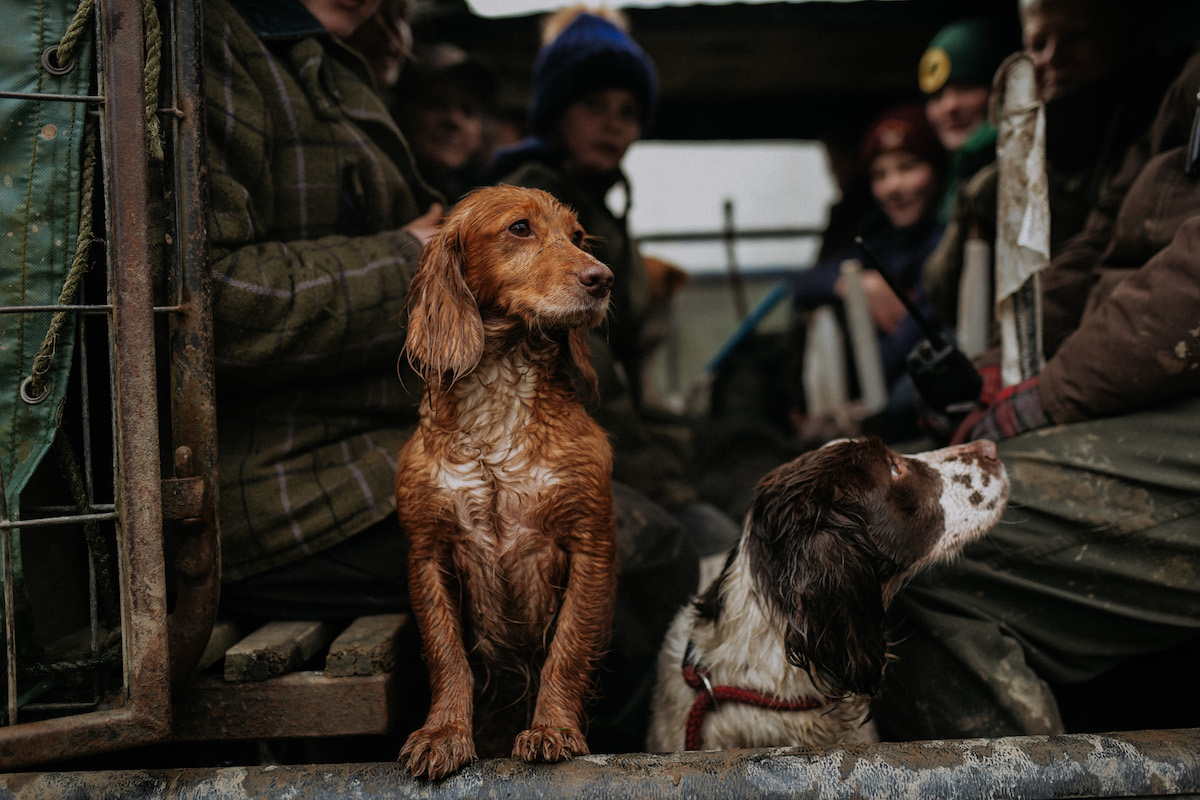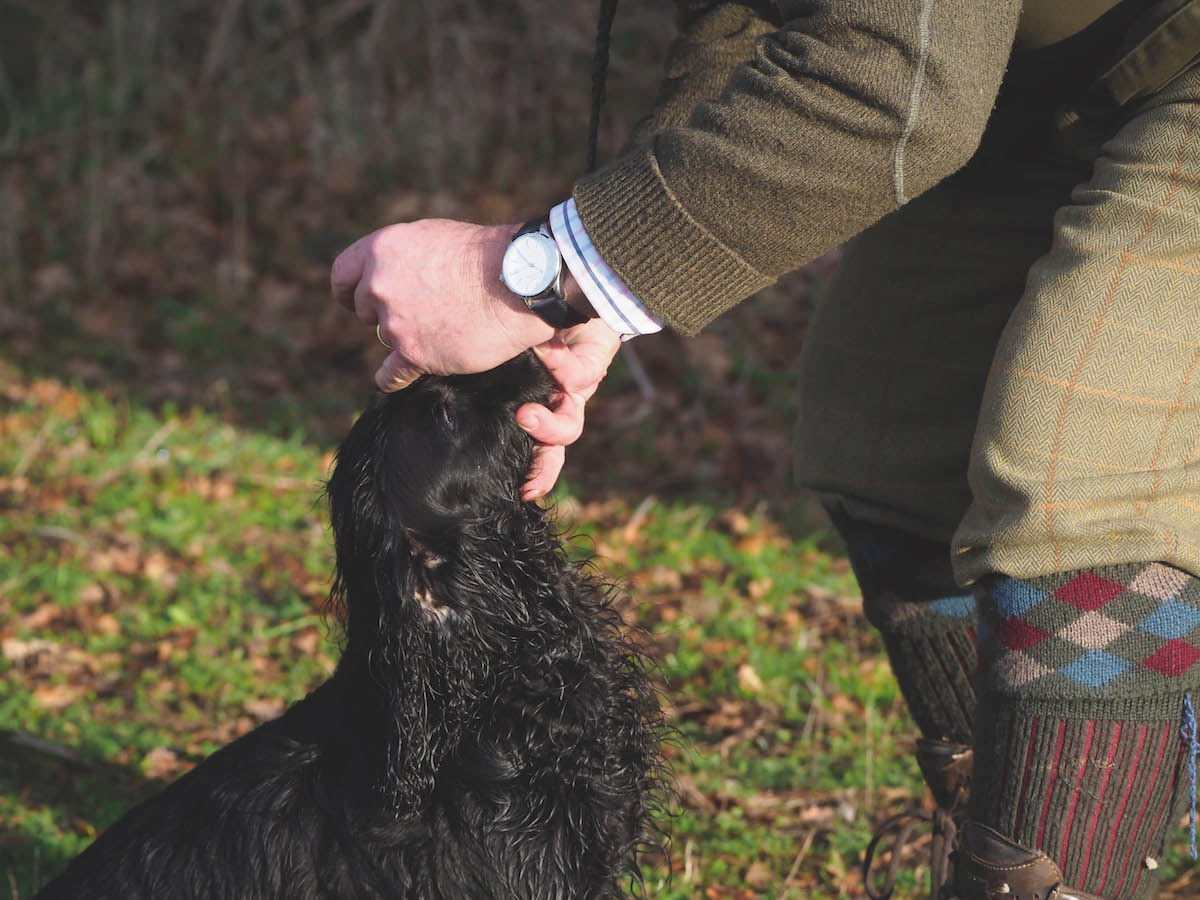Leptospirosis in dogs – what you need to know
Rats may carry leptospirosis, a disease that can kill our dogs, warns David Tomlinson

Rat control is important to prevent the spread of leptospirosis
Rats are known to carry disease and one of the ones they can transmit is Weil’s disease, also known as leptospirosis.
Leptospirosis in dogs and humans can be fatal. It is caused by bacteria spread via the urine of infected rats. It is a zoonotic disease. In 2010 an Olympian gold medallist rower died from Weil’s disease.
Leptospirosis in dogs
Rats are incontinent animals, peeing wherever they travel and leaving a trail of urine along their paths and around puddles and waterways. Working dogs usually become infected either directly via contact with rat urine or indirectly through contaminated water. (Read why you should never let your dog drink from puddles.) Dogs that have been infected could go on to become carriers themselves, shedding the bacteria in their urine. (Read our list of best tick removers for dogs.)
Controlling rat numbers is key. (Read more on ratting here.)

Dogs usually become infected with leptospirosis through contact with contaminated water
Symptoms
Symptoms of leptospirosis in dogs include a raised temperature, loss of appetite, reluctance to move, vomiting and diarrhoea, as well as yellowing of the gums and skin (jaundice). If your dog is displaying any of these, take it to a vet as soon as possible. Much depends on the dog and strain of leptospira. However, leptospirosis is invariably fatal in severe cases. (Read what to do if your dog gets a nasty rat or squirrel bite.)
What about vaccination?
Herefordshire-based veterinary surgeon Linda Morgan, writes: “I think we need to raise awareness of the risk of leptospirosis in working gundogs. My own cocker spaniel, Millie, contracted leptospirosis at the end of last year. She was a month overdue for her Lepto 4 booster and suddenly became very unwell. She underwent intensive treatment, including intravenous fluid therapy for a week, and happily survived and now appears fine. Leptospirosis was confirmed by serology [a blood test that can detect antibodies].
“Over the past month, we have had a young working Labrador bitch brought in whom we diagnosed with leptospirosis. Her vaccination had lapsed and, sadly, she went into complete renal failure and had to be put to sleep. Since then, seven-year-old working cocker Alfie was brought in suffering from leptospirosis and we were unable to save him.
“It seems that many working dogs are often not vaccinated or are inadequately protected. The inevitable presence of rats where pheasants are being fed — plus, in Millie’s case, I think stagnant water — puts these dogs at increased risk. The serious form of the disease affects the dog’s liver, kidneys and sometimes lungs. Early symptoms are often not dramatic.”

Working dogs should have up to date vaccinations
Vaccination concerns
Vaccination is the obvious answer but internet research reveals that there are widespread concerns that the L4 vaccination — the most widely used — can be dangerous, with hundreds of reports of dogs suffering adverse reactions and some even dying. This must be balanced by the fact that millions of doses have been administered with no problems.
Linda recommends “checking with your vet that your dog’s vaccinations are up to date as part of your pre-shooting season preparations. For those who rear pheasant poults, the increased risk to your dogs will start as soon as the poults arrive. Puppy vaccinations include leptospirosis but this is a bacterial disease and the immunity can drop off more quickly than the other components of the vaccine. For this reason, yearly vaccination against leptospirosis is recommended.
“As with any disease, prevention is always better than cure but in the case of lepto even the most intensive treatment is often not enough to save an unvaccinated dog. I cannot think of any farm or shooting dog that would be considered low risk.”
You have been warned.
This article was originally published in 2018 and is kept updated.








